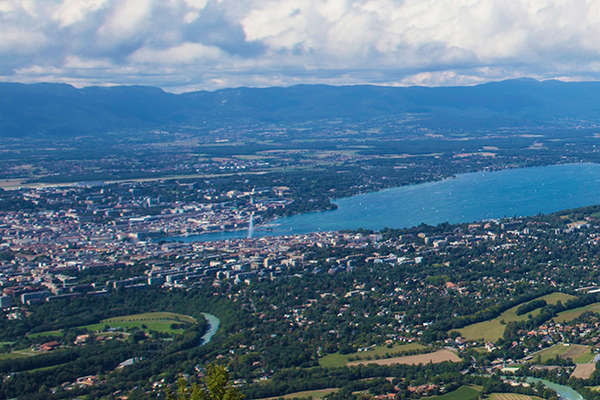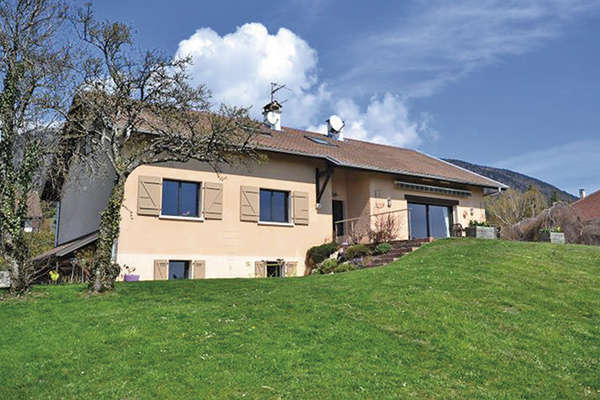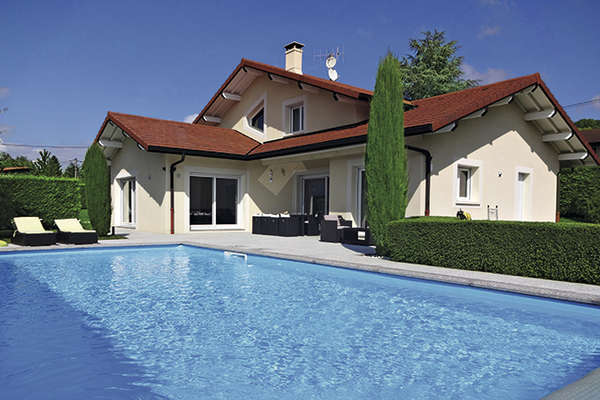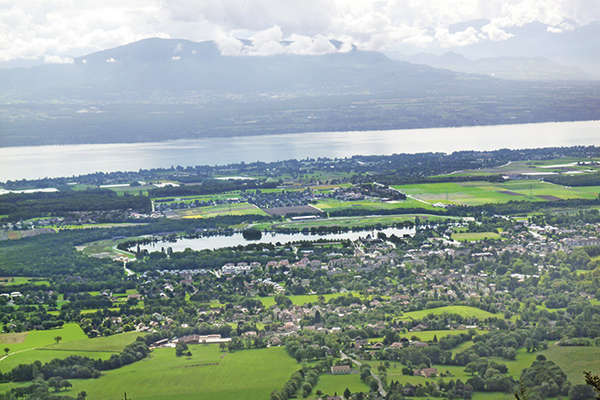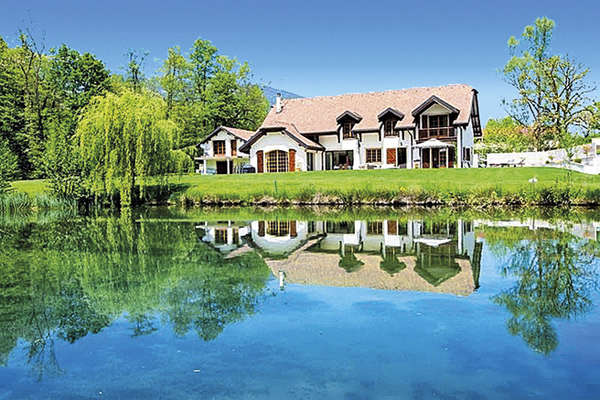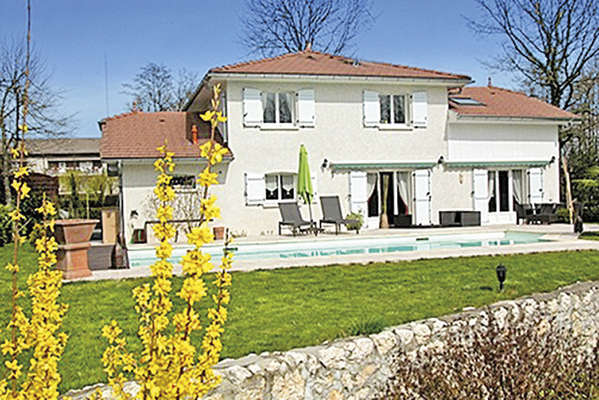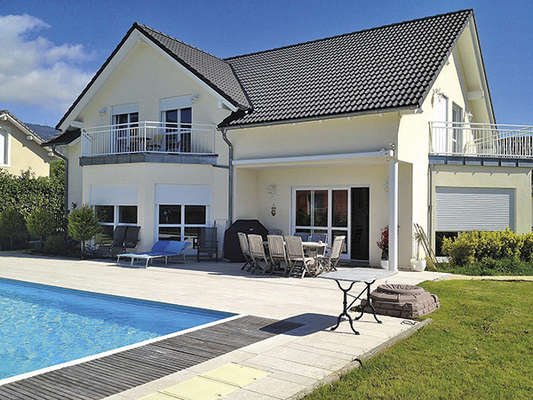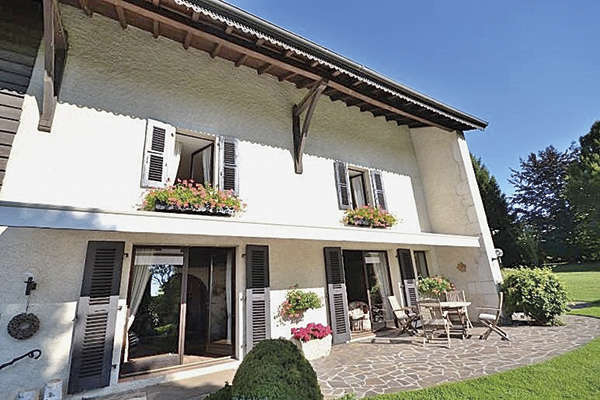The dynamism of La Loire-Atlantique
By Laetitia Rossi - 20 January 2012
Named after the river that crosses the region before reaching the ocean at Saint-Nazaire, the Loire-Atlantique, one of the five “départements” composing the old Brittany, has more than one string to its bow. With Le Morbihan, Ille-et-Vilaine, Maine-et-Loire and the Vendée as neighbours, it offers a coastline 130 km long, renowned seaside resorts such as La Baule-Escoublac, Pornic and Saint-Brévin-les-Pins…
With 1,266,360 inhabitants, La Loire-Atlantique comes 15th on the list of France’s most active regions, as proven by its GDP per inhabitant. The greater urban areas of Nantes and Saint-Nazaire accommodate 80 % of the population. From 1999 to 2009, the area reported 132,000 newcomers. The hinterland is also of interest to many visitors, just like the region’s natural open spaces - salt marshes, forest of Le Gâvre and marshes of Brière -, while the prefecture of “département 44” is working hard at promoting its historic centre and the Ile de Nantes, now drawing some 2 million tourists per year, charmed by its pedestrian zones. Benefitting from a dense public transport system - tramway, buses and “boat-buses” -, the town is easily accessible by TGV from Paris, Lyon, Marseille, Lille and Strasbourg. Since 1989, the year when the line was inaugurated, 30 million passengers have used the service back and forth to Paris. 2010 also showed an increase in plane travel. In 2004, Time magazine chose Nantes as the most pleasant city in Europe thanks to its waterways and natural greenery. At around the same time, some large Parisian firms transferred part of their activities to this widely appreciated province. Finally, Nantes has won the EU title “Green Capital of Europe” for 2013.
Backed by its asset management department, the Cabinet Thierry Immobilier chalks up 95 % of its sales in Nantes, 80 % of which concern properties in the area defined by the boulevards. “The market is still buoyant, mostly due to the town’s economic dynamism and employees transferred from the Parisian region, working in fields as varied as banking, insurance, IT, healthcare, biotechnology and the aeronautics industry,” says Benoît Thierry. Depending on their socio-professional status, they opt for standard 2-bedroom apartments priced on average under 200,000 € or houses pegged from 3,500 to 4,000 €/m2. A garden and quiet surroundings are among the most frequently mentioned criteria. Proximity to the ocean is also a persuasive argument. Nantes is a 40-minute drive from Pornic ; 45 minutes from La Baule, Pornichet and Guérande. The growing abundance of public transport facilities allow some couples to own just one car. Investors focus on the 2,300-2,500 €/m2 bracket, targetting a particularly active rental sector with a gross yield ranging from 4 to 6 %. Out of 3,700 properties managed by the agency, less than 2 % were vacant in November 2011. Over the past ten years, the town has built clearly identified service centres while carrying out coherent urban redeployment. Energy-related activity zones are likely to rise from the ground, not forgetting the new airport scheduled for delivery over the next few years.
Based in the historic Cathédrale neighbourhood and the shopping area of Graslin, Olivier Tirot of the Cabinet Tirot has specialized in the hyper-centre for the past three decades. He sees a lot of young retirees from Paris, often owners of holiday homes on the coast. Appreciative of the cultural offerings and pleasant life-style offered by the city of Nantes, they are looking for apartments of about 120 m2 with terraces, parking facilities and elevators, from 400,000 to 500,000 €. The majority do not need a mortgage. A new development offering all these amenities would sell like hot cakes. Vast surface areas which cannot be divided into smaller units are more difficult to shift. Recently, an apartment of 315 m2 all on one floor, in perfect condition, found a taker at 805,000 €, a very low price for the address. Another example of 380 m2, in need of restoration and offering the possibility of division, with an exterior of 550 m2 and garage, sold for 1,062,000 €, despite the colossal renovation work involved. Depending on their condition and location, apartments range from 2,500 to 5,000 €/m2, with spikes observed on Cours Cambronne. As for transferees, they often start out by renting before buying a house, the type of home more suited to the needs and life-style of a family. In January, clients from Rennes and Angers visited a “Nantaise” property of 235 m2, offered for sale at 595,000 €, with a garden of 400 m2, a typically local kind of architecture with a living-room on the upper floor. Some parents prefer to buy apartments for their children at university rather than throw monthly rent down the drain, while investors set their sights on apartments around 100,000 €. One such client recently paid 103,000 € for an apartment of 35 m2, requiring total renovation, on the ground floor of a handsome Haussmann building.
“Sucé-sur-Erdre is a sought-after commune in the suburbs of Nantes,” says Sylvain Frémont of the Cabinet Frémont Immobilier. “The river runs through its centre, guaranteeing undeniable charm. The Erdre is like a jewel-box, with Sucé as a pearl.” Apart from its closeness to Nantes, it has other very appealing assets and has nothing to envy of its neighbours in terms of amenities. A crèche, primary school, cultural and sports associations…, nothing’s missing. There’s a good array of different shops, largely sufficient to meet residents’ needs. The arrival of the “train-tram” in 2013 could well give Sucé further potential in terms of progression. The area already attracts retirees and actively employed clients from all over France, capable of paying from 250,000 to 400,000 € for houses of 140 m2. Prices then vary depending on the property’s condition, address and setting, naturally rising the closer one gets to the centre. One seller was recently asking 262,000 € for a home of 130 m2 in grounds of 1,000 m2 a 3-minute walk from all amenities. In spite of the 100,000 € required for its refurbishment, several potential buyers have been lining up. Many clients are, however, reluctant to take on major rehabilitation. And yet, today, in this stable market, this is the only way to ensure profitability.
